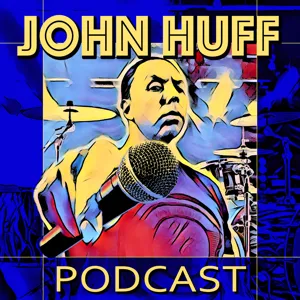Stravinsky's The Rite of Spring (Madman or Genius?)

Description
The Rite of Spring composed by Igor Stravinsky premiered at the Théâtre des Champs-Elysées in Paris on May 29, 1913—it created quite an uproar with the audience claiming that Stravinsky was no composer but a madman. Take a minute to get the scoop!
Fun Fact
Like Stravinsky’s earlier works for the Ballet Russes, The Rite of Spring was inspired by Russian culture, but, unlike them, The Rite of Spring challenged the audience with its chaotic percussive momentum.
__________________________________________________________________
About Steven, Host
Steven is a Canadian composer & actor living in Toronto. Through his music, he creates a range of works, with an emphasis on the short-form genre—his muse being to offer the listener both the darker and more satiric shades of human existence. If you're interested, please check out his music website for more. Member of the Canadian League Of Composers.
__________________________________________________________________
You can FOLLOW ME on Instagram. 👋
Please Buy Me A Coffee 🤓☕️
It's thirsty work creating content for TCMM. Many sleepless nights spent crafting that perfect one-minute episode or editing my latest fab interview as a bonus episode for your listening pleasure. 🎙🤔📚 But a cup of coffee is always welcome to keep my creativity flowing. 🎼☕️✍🏽🙏
__________________________________________________________________
Got a topic? Pop me an email at: TCMMPodcast@Gmail.com
A Note To Music Students et al.
All recordings and sheet music are available on my site. I encourage you to take a look and play through some. Give me a shout if you have any questions.




